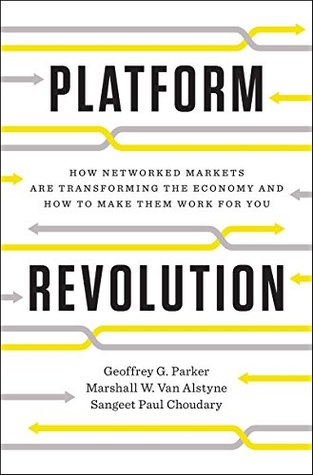More on this book
Community
Kindle Notes & Highlights
The innovators who hope to create the great new platforms of the future need to focus on the core interactions in the marketplaces they hope to conquer, and analyze the barriers that limit them.
Platforms are able to outcompete pipelines because of their superior marginal economics and because of the value produced by positive network effects. As a result, platforms are growing faster than pipelines and taking leading positions in industries once dominated by pipelines.
one of the toughest challenges associated with creating a business designed to serve two sides of a market—the chicken-or-egg problem. When trying to build a two-sided market in which both sides are equally essential, which comes first? And how do you attract one without the other?
PayPal’s explosive growth triggered a number of positive feedback loops. Once users experienced the convenience of PayPal, they often insisted on paying by this method when shopping online, thereby encouraging sellers to sign up. New users spread the word further, recommending PayPal to their friends.
in the world of platform marketing, pull strategies rather than push strategies are most effective and important.
Large enterprises do have some advantages when launching platform businesses. They have existing value chains, powerful alliances and partnerships with other companies, pools of talent to draw upon, and vast arsenals of resources—including loyal customer bases. However, these advantages can create complacency.
YouTube’s unrelenting focus on producers helped in four ways. First, it seeded the platform with content. Second, it created a curation dynamic on the platform to identify quality content by letting viewers vote up or down on the videos they watched. Third, it leveraged producers to bring in consumers. Fourth, and most important, it created a set of content creators who had an investment in the platform, had a user following, and would not be easily incentivized to invest in another one.
Vimeo, was another late entrant (it was launched in November 2004)—but it succeeded with a producer-first strategy that competed directly with YouTube. The key was creating a set of higher-quality tools that appealed to a particular set of users who felt neglected by YouTube.
Vimeo responded to YouTube’s shift by focusing its platform on the producers and providing them with superior infrastructure, including built-in support for high-definition video playback and a better embeddable player for installation on blogs.


